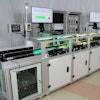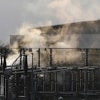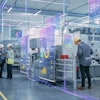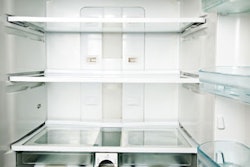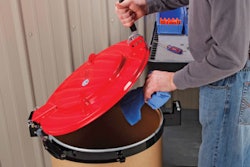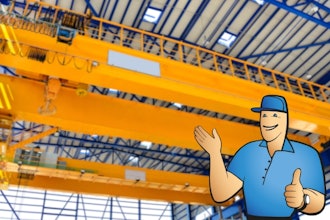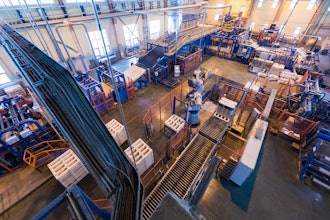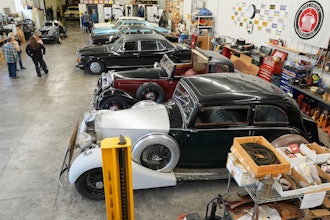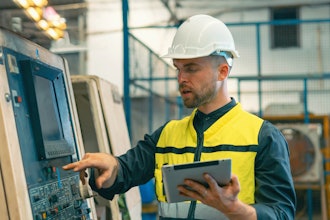This article first appeared in IMPO's May 2012 issue.
Over the weekend, I embarked on a 4+ hour drive due Northwest to see some good friends. Minneapolis has a beautiful floral light to it this time of year — and the buzzy energy that blesses only cities that spend their winters covered in snow — and for this, I can forgive these important people in my life for moving to Minnesota.
We were looking for a backdrop more than anything… a place for us to walk and talk and narrate the pieces that need to be reassembled when you only see your friends every few months — thus how we wound up wandering the Mill City Museum on South 2nd Street.
The Mill City Museum is built into the ruins of the Washburn A Mill, along the Mississippi River in Minneapolis, and is the self-proclaimed “most explosive museum in the world.” The original A Mill, built in 1874, was leveled by a flour dust explosion that claimed 18 lives. That explosion and the resulting fire destroyed much of the riverfront business area, cutting Minneapolis’ milling capacity in half.
Known as the Great Mill Disaster, the explosion made national news and served as a focal point that led to reforms in the milling industry. In order to prevent the buildup of combustible flour dust, ventilation systems and other precautionary devices were installed in mills throughout the country.
The A Mill was rebuilt by 1880, with state-of-the-art machinery that permitted safer operations while producing higher quality flour. At the time it was the largest and most technologically advanced mill in the world, featuring new automatic steel rollers instead of traditional millstones. During its heyday, it was said that the mill ground enough flour to make 12 million loaves of bread a day.
As technology and consumer preferences evolved, the A Mill became obsolete, and was shut down in 1965. In 1991, it was nearly destroyed by fire but the outer shell and a bit of its equipment was salvaged, which serve as the bones of this fascinating museum developed on the site by the Minnesota Historical Society.
It’s almost mind-boggling to think about how many manufacturing processes — and their associated risks — have changed over the years. The museum’s 8th floor tour guide explained to us, as we gathered beneath 15 foot high air intake fans and dust collectors, how sometimes flour mills would just explode, and nobody knew why for a very long time. Yet the mill workers would go to in every day anyway because the risks of not having the work were more threatening than the chance of dying doing it.
As we walked the ruins of this once iconic mill, I found myself compelled to explain to my cohorts how different most modern processing plants look today. Still, the tarnished, buckled metal in this skeleton of a manufacturing plant spoke to the power of industry — both its capacity to create, and also to destroy. Being a mill worker was harder then, before ergonomics and air conditioning, when 140-lb sacks of flour went on your back and the sweat and dust combined to leave plaster sludge all down your arms.
Maybe we should keep these images in our heads more frequently, and take it a little more personally when people talk about U.S. manufacturing being “dead.” Or try to reframe our way of thinking so saving a few dollars here and there isn’t enough to compel us to favor Chinese-made products over those made in our own backyards. The Mill City Museum was a great opportunity to give a little more thought to everything that goes into a simple bag of flour; an homage to the roots of the industrial revolution, as well as this great nation and its ability to innovate, improve and — yes — rebuild.
It’s interesting how someone like me, who reads and writes about manufacturing all day long, could require such a grand reminder of how far we’ve come. But sometimes it takes a room full of ghosts, shaking the flour dust from their clothes, to speak to the enormity of this history behind us, and the task ahead. Maybe our last explosion was an economic one, and maybe our next will be globalization. Perhaps we’ll always feel as though we’re rebuilding from one thing or another, but its somewhat comforting to think about those who paved the way. I think they’d be proud to see us give it our best shot.

